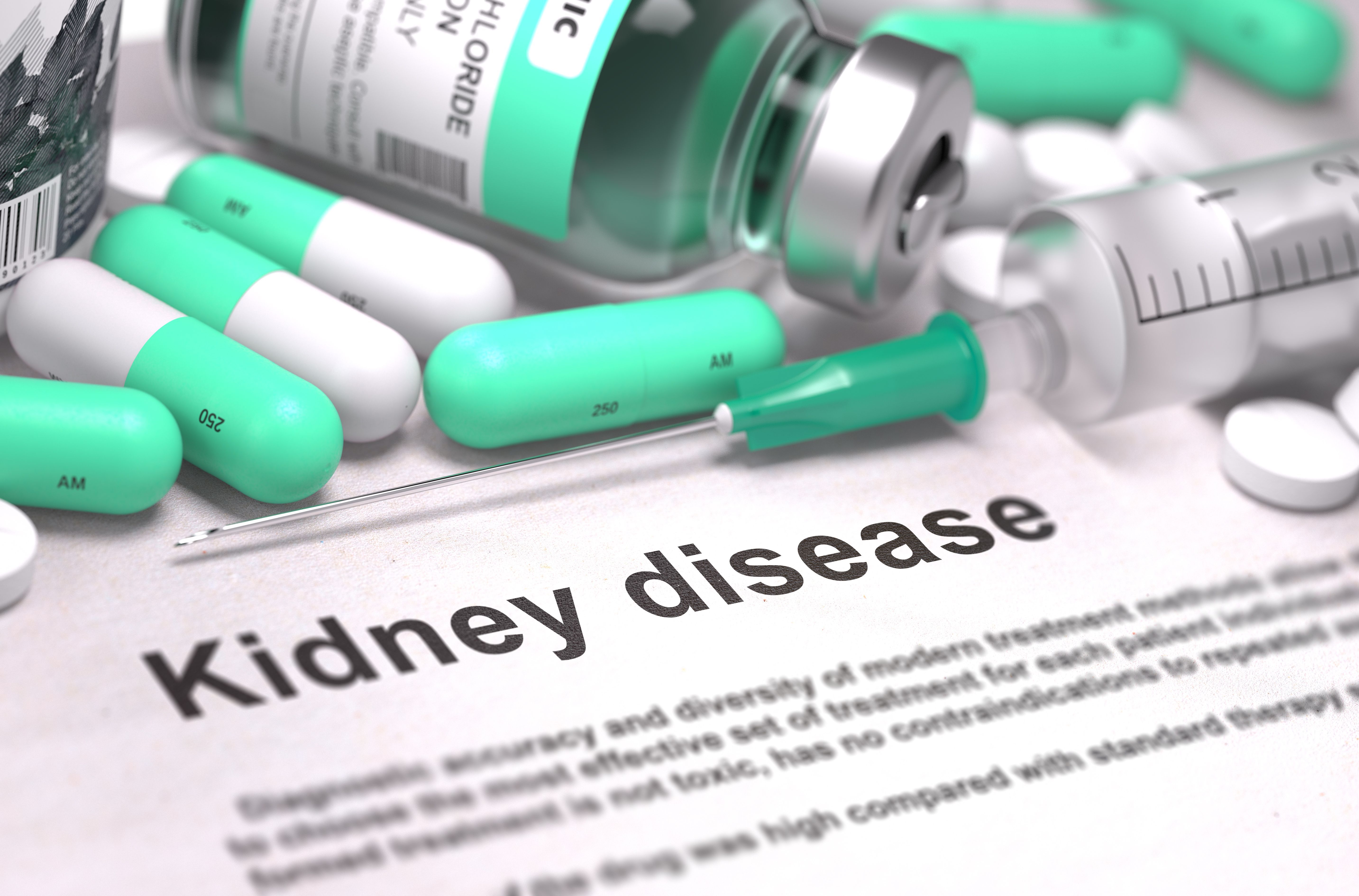Low-Dose Corticosteroids, Leflunomide More Safe, Effective Than Full-Dose for IgA Nephropathy
Results suggest low-dose corticosteroids in combination with leflunomide are more efficacious for improving urine protein excretion with better safety than full-dose corticosteroids.
Credit: Fotolia

Findings from a recent study are providing novel insight into the safety and efficacy of high- versus low-dose corticosteroids in combination with leflunomide for the treatment of IgA nephropathy (IgAN).1
Results of the meta-analysis were published in BMC Urology and suggest low-dose corticosteroids combined with leflunomide are superior to full-dose corticosteroids for improving urine protein excretion with a significantly reduced incidence of serious adverse events, although both doses yielded similar results for serum creatinine (SCr), estimated glomerular filtration rate (eGFR), complete remission rate, and overall response rate.1
“The effectiveness of leflunomide in treating rheumatoid arthritis, kidney disease, and organ transplant rejection has now been established. Previous studies reported that leflunomide could significantly improve proteinuria and renal function deterioration in IgAN patients,” Dongxu Zhang, of the department of urology at Beijing Chaoyang Hospital and Capital Medical University in China, and colleagues wrote.1 “However, few meta-analyses have been performed on the feasibility of leflunomide combined with corticosteroids for treating IgAN.”
A common form of glomerulonephritis caused by the deposition of IgA immunoglobulins in the glomerular basement membrane, IgAN’s immunopathogenesis is not well understood. It is assumed to be multifactorial, but uncertainties about its cause hinder its effective treatment. Immunosuppression with corticosteroids or steroid-sparing agents is often used to slow disease progression, but little is known about their use alongside leflunomide and optimal dosing for ideal outcomes.2
To investigate the efficacy and safety of low-dose corticosteroids plus leflunomide for the treatment of progressive IgAN, investigators searched PubMed, Embase, and Cochrane Library databases with the keywords “IgA nephropathy”, “leflunomide”, and “corticosteroids.” For inclusion, studies were required to meet the following eligibility criteria: examine the effect of low-dose corticosteroids combined with leflunomide on IgAN; contain sufficient valuable data; have full text available; and be a clinical trial.1
Based on these criteria, investigators obtained 50 articles from the databases and registers. After excluding duplicates, irrelevant titles and abstracts, studies without valuable data, and those without full-text versions available, 3 studies presenting 342 patient cases were ultimately included in the meta-analysis. Of these, 2 studies were randomized controlled trials and 1 was a retrospective cohort study.1
Leveraging data from these studies, investigators determined the effectiveness of low-dose corticosteroids combined with leflunomide by comparing their impact versus full-dose corticosteroid therapy in patients with IgAN.1
A pair of randomized controlled trials encompassing 193 patients and including 12-month follow-up data evaluated urine protein excretion. Upon analysis, low-dose corticosteroids combined with leflunomide were more effective in reducing urine protein excretion (mean difference, -0.35; 95% CI, -0.41 to -0.30; P <.00001) compared with those who received full-dose corticosteroids.1
However, investigators pointed out there were no significant differences between the low- and full-dose groups regarding SCr, eGFR, complete remission rate, and overall response rate (all P >.05).1
Of note, low-dose corticosteroids combined with leflunomide significantly reduced the risk of serious adverse events compared with high-dose corticosteroids (odds ratio [OR], 0.11; 95% CI, 0.01 to 0.91; P = .04), but investigators did not observe any significant differences for the incidence of respiratory infection, abnormal liver function, diarrhea, herpes zoster, alopecia, pruritus, insomnia, pneumonia, diabetes, and urinary tract infection (all P >.05).1
Investigators called attention to several notable limitations to these findings, including the small number of patients examined, the disproportionate number of patients from Asian populations, qualitative weaknesses of the included studies leading to potential selection and information biases, and brief follow-up period of these studies.1
Still, investigators recognized the significance of these findings and concluded: “This meta-analysis suggested that low-dose corticosteroids combined with leflunomide for progressive IgAN provide similar results to full-dose corticosteroids and have advantages in relieving urinary protein and reducing SAEs. This protocol promises to be a new option for treating progressive IgAN.”
References:
- Zhang D, Xia B, Zhang X, Liang P, Hu X. Efficacy and safety of low-dose corticosteroids combined with leflunomide for progressive IgA nephropathy: a systematic review and meta-analysis. BMC Urol. 2024;24(1):56. Published 2024 Mar 11. doi:10.1186/s12894-024-01438-3
- Rawla P, Limaiem F, Hashmi MF. IgA Nephropathy (Berger Disease). StatPearls. July 7, 2023. Accessed April 3, 2024. https://www.ncbi.nlm.nih.gov/books/NBK538214/